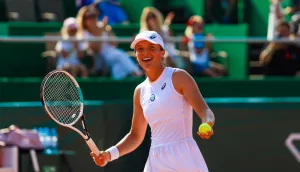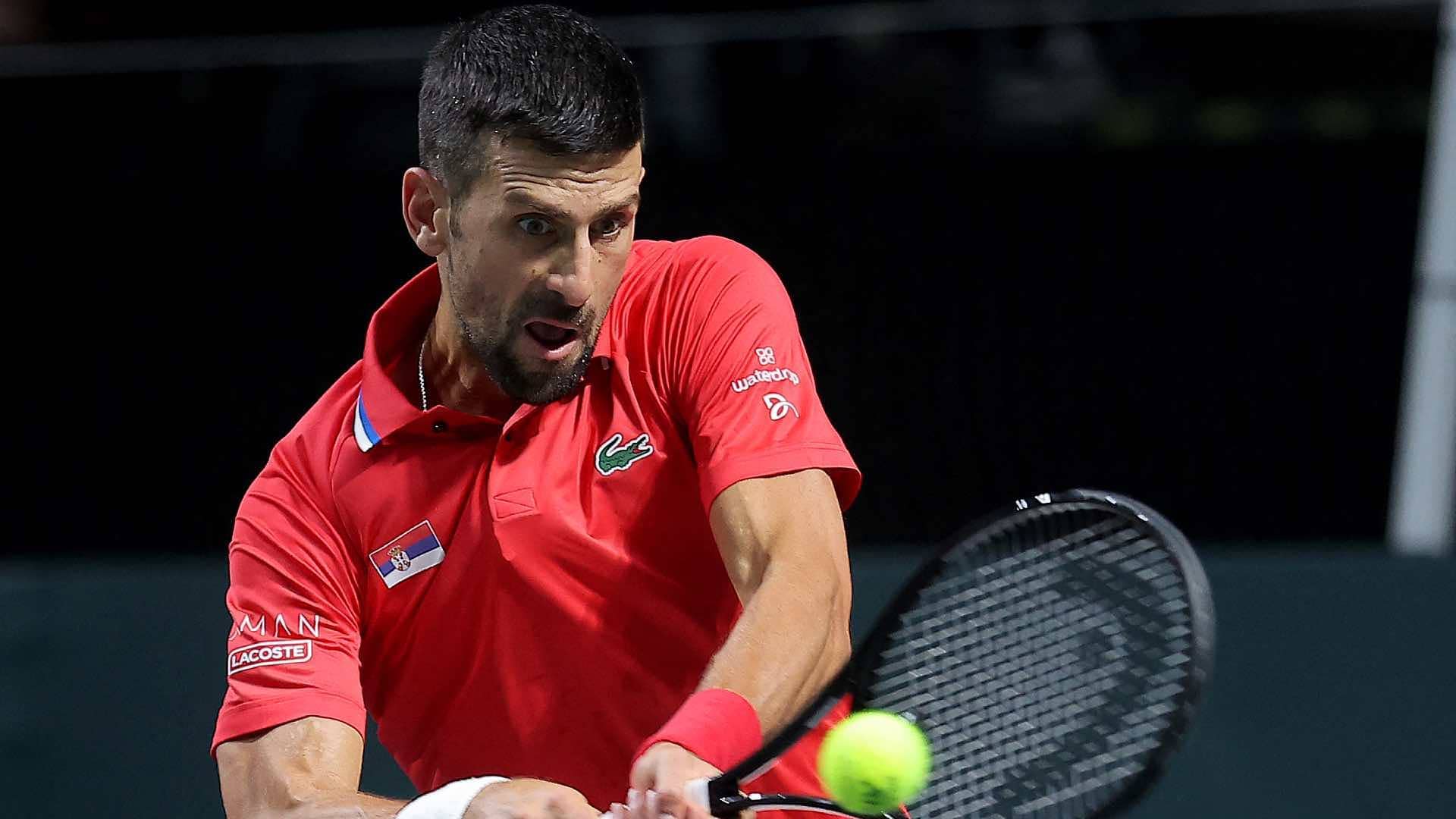In a surprising turn of events at the 2025 Dubai Duty Free Tennis Championships, World No. 2 Iga Swiatek faced a straight-sets defeat, 6-3, 6-3, at the hands of 17-year-old Russian prodigy Mirra Andreeva. This loss not only marked a significant upset but also prompted Swiatek to voice concerns about the demanding WTA calendar, suggesting it contributes to inconsistent performances among top players.
The Match: Swiatek vs. Andreeva
Mirra Andreeva’s victory over Swiatek was a testament to her burgeoning talent and composure on the court. Displaying a powerful serve, Andreeva fired 10 aces during the match, effectively keeping Swiatek on the defensive. Her aggressive baseline play and strategic shot placement disrupted Swiatek’s rhythm, allowing the young Russian to control the match’s tempo. This win propelled Andreeva into her first WTA 1000 semifinal, making her the youngest player to achieve this feat since the tournament’s inception in 2001.
Swiatek’s Perspective on the WTA Calendar
Following her unexpected exit, Swiatek attributed her performance, in part, to the rigorous and compact WTA schedule. She highlighted the challenges posed by consecutive high-stakes tournaments with minimal recovery and preparation time. Swiatek emphasized that the constant need to switch continents, adapt to different surfaces, and adjust to varying types of tennis balls adds to the physical and mental strain on players. She stated, “For sure it’s a calendar thing. We’re not going to be able to be consistent for many years playing week by week.”
This sentiment reflects a broader concern among top-tier players about maintaining peak performance amidst a demanding travel and match schedule.
The Broader Impact on Top Players
Swiatek’s comments resonate with the experiences of other leading players. World No. 1 Aryna Sabalenka also faced early exits in both Qatar and Dubai, expressing difficulties in adjusting post-Australian Open. Sabalenka noted, “Australia always takes a lot of energy out of me. I believe that I’m not that hungry on court.”
Similarly, World No. 3 Coco Gauff experienced unexpected defeats, including first-match losses at the Qatar and Dubai Opens. These instances underscore the challenges top players face in sustaining high performance levels without adequate rest and preparation periods.
The Rise of Emerging Talents
While established players navigate the challenges of a packed schedule, emerging talents like Mirra Andreeva are making significant strides. Andreeva’s journey in Dubai saw her defeating multiple Grand Slam champions, including Swiatek and Elena Rybakina. Her performance not only earned her the title but also propelled her into the WTA Top 10 rankings, making her the youngest player to do so since 2
Andreeva’s success highlights a shift in the competitive landscape of women’s tennis, where young players are increasingly breaking through and challenging the established hierarchy.
Calls for Calendar Reevaluation
The concerns raised by Swiatek and her peers have ignited discussions about the structure of the WTA calendar. The current schedule often requires players to participate in back-to-back tournaments across different continents, leaving minimal time for recovery and adaptation. This grueling pace can lead to physical fatigue, increased injury risk, and mental burnout.
Swiatek’s candid remarks suggest a need for stakeholders to consider adjustments that prioritize player well-being, potentially by spacing out major tournaments or reducing mandatory event commitments.
Looking Ahead
As the hard-court season concludes and the clay-court season approaches, players and organizers alike may need to reflect on the current scheduling practices. Balancing the commercial interests of the sport with the health and performance sustainability of its athletes is crucial. Implementing a more player-centric calendar could enhance the quality of competition and extend the careers of top talents.
In conclusion, Iga Swiatek’s defeat to Mirra Andreeva in Dubai serves as a focal point for broader discussions about the demands placed on professional tennis players. Addressing these concerns through thoughtful scheduling reforms could foster a more sustainable and competitive environment in women’s tennis.



